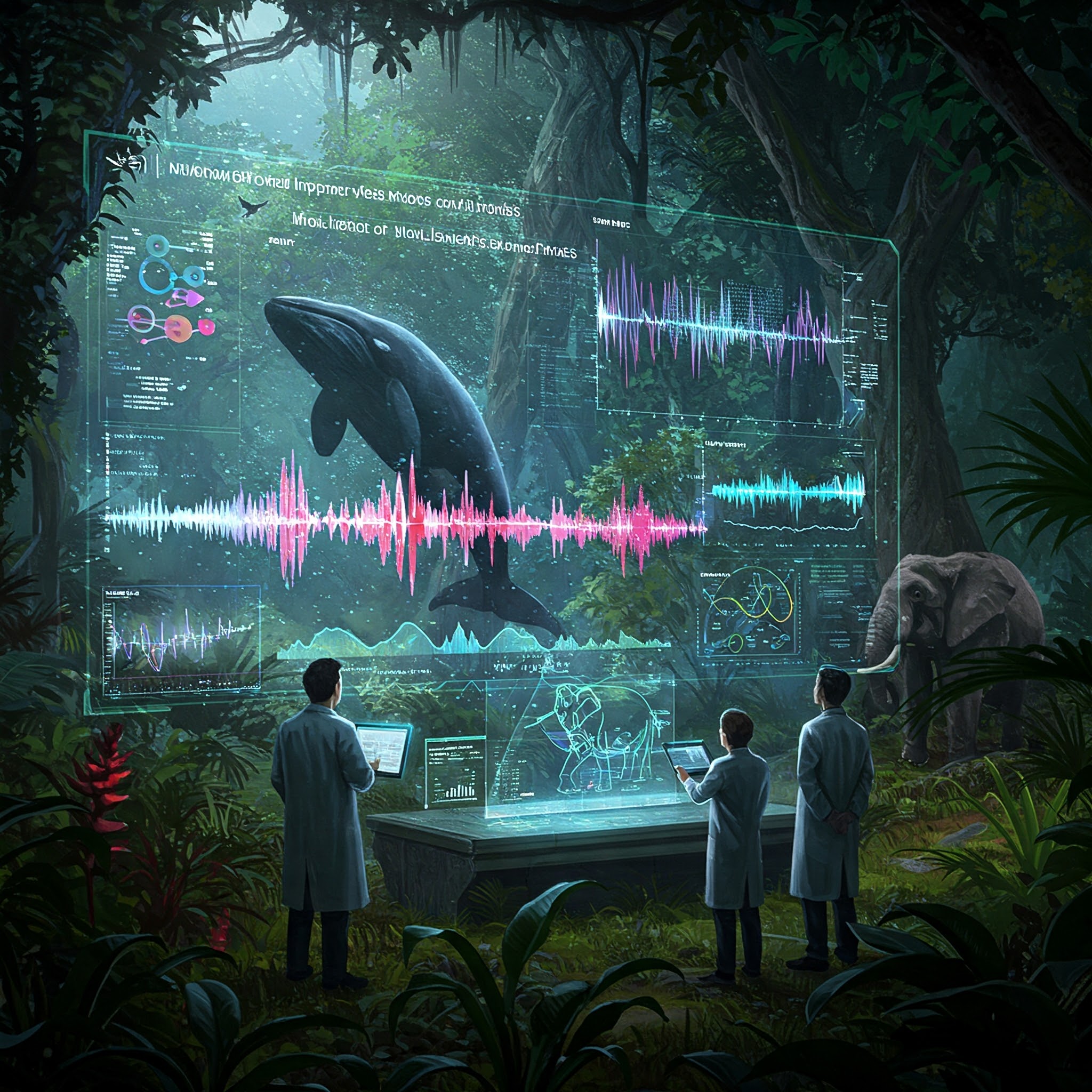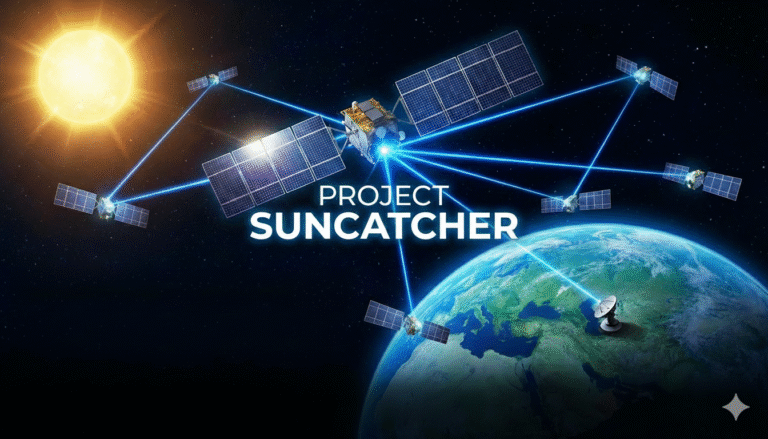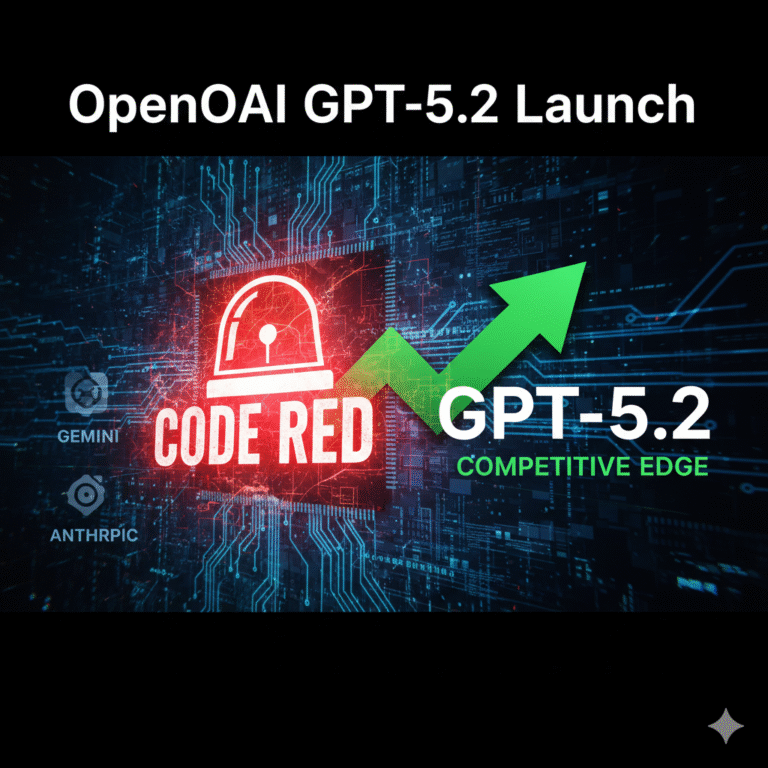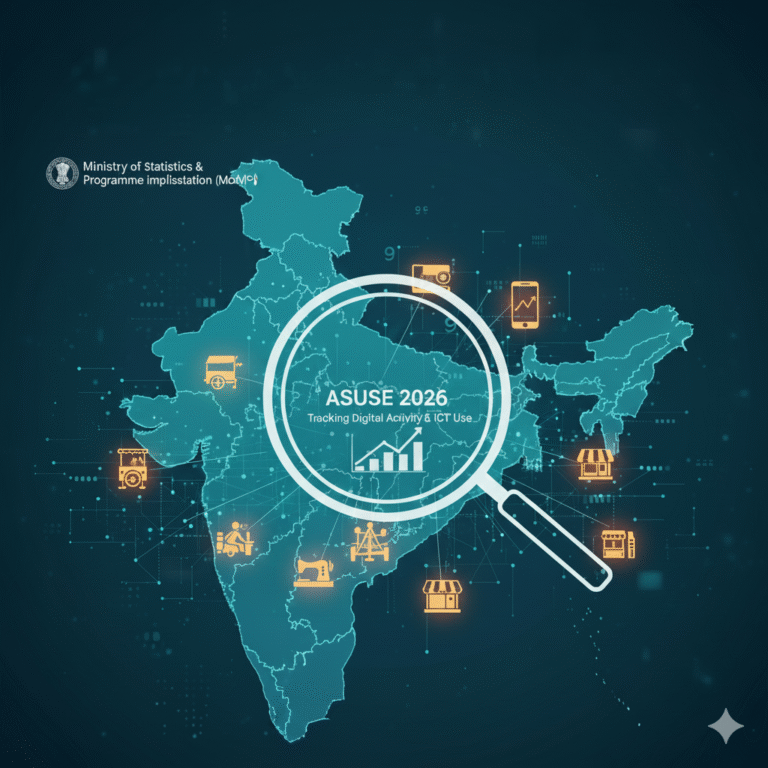Imagine talking to dolphins, understanding what your dog is feeling beyond wagging tails, or decoding the messages behind the haunting calls of whales. This may sound like science fiction, but thanks to rapid advancements in artificial intelligence (AI), it’s becoming a scientific possibility. From decoding whale codas to analyzing bird songs, AI is opening a groundbreaking frontier: interspecies communication.
Organizations like the Earth Species Project (ESP) and the Cetacean Translation Initiative (CETI) are pioneering efforts to translate the languages of animals using sophisticated machine learning tools. These initiatives aim to break the linguistic barriers that have long separated humans from the animal kingdom.
The Power of AI in Decoding Nature
What Makes AI Suitable for This Challenge?
AI excels at pattern recognition and large-scale data analysis, making it ideal for interpreting the vast and varied vocalizations of animals. Machine learning models can be trained on thousands of hours of animal sounds, enabling them to detect patterns, rhythms, and structures that are often imperceptible to human ears.
Natural Language Processing (NLP) in Animal Linguistics
Just as AI systems like GPT or Siri interpret human language using NLP, similar algorithms can analyze animal communication. These systems work by breaking down audio data into components, identifying recurring elements, and correlating them with specific behaviors or environmental stimuli.
Earth Species Project (ESP): Giving Voice to the Voiceless
Mission and Methodology
Founded with the ambitious goal of decoding non-human communication, ESP uses self-supervised machine learning to study animal vocalizations without requiring pre-labeled datasets. Their systems look for structure in sound patterns, identifying what might be the “words” and “grammar” of animal communication.
Milestones and Insights
ESP has worked with datasets including bird songs, elephant rumbles, and dolphin clicks. Their tools have revealed that many species have consistent sound patterns that could indicate complex forms of communication previously underestimated by scientists.
CETI: Cracking the Whale Code
Understanding Sperm Whale Codas
Sperm whales communicate through sequences of clicking sounds called codas. CETI, a multidisciplinary initiative, focuses on recording, analyzing, and interpreting these sounds. These codas are believed to contain individual identifiers and possibly social or environmental messages.
The Role of AI in CETI
By using advanced neural networks and natural language processing tools, CETI aims to build a “dictionary” of whale language. Their approach combines data from underwater microphones, behavioral observations, and environmental variables to contextualize whale communications.
Challenges and Ethical Considerations
The Complexity of Animal Communication
Unlike human language, animal communication is not always symbolic. Many signals are emotional or situational, making interpretation more complex. AI models need to consider context, tone, repetition, and multisensory inputs to make accurate interpretations.
Consent and Ethical Use
A significant ethical debate arises: should humans attempt to talk to animals? Even if we can, do we have the right? Ethical considerations must include consent, potential stress caused to animals, and how such knowledge will be used—especially concerning conservation versus exploitation.
Broader Implications for Conservation
Real-Time Monitoring
AI tools can be embedded in nature reserves to monitor species in real-time. By recognizing distress calls or mating signals, conservationists can better manage wildlife without intrusive methods.
Protecting Endangered Species
Understanding communication can reveal the social structure and needs of endangered animals. This knowledge aids in breeding programs, habitat protection, and even reintroduction strategies.
Future Outlook: Toward a Universal Translator?
Cross-Species Communication Devices
If breakthroughs continue, we might one day carry devices that help us understand animal sounds in real-time—much like a Google Translate for the natural world.
Transforming Human-Animal Relationships
Understanding animal language could revolutionize our empathy and treatment of other species. It could blur the line between “them” and “us,” reshaping how we coexist with the broader biosphere.
Conclusion: A New Chapter in Science and Spirituality
AI-driven animal communication research is not just a technological marvel—it’s a philosophical journey. It invites us to reconsider our role on this planet, not as rulers but as co-inhabitants. The quest to understand animal language through AI might not only transform conservation science but also redefine what it means to be human in a shared ecosystem.
As we listen to the whispers of the wild through the ears of machines, we move one step closer to bridging a gap that has existed for millennia. And perhaps, for the first time, the forest will answer when we call.









+ There are no comments
Add yours